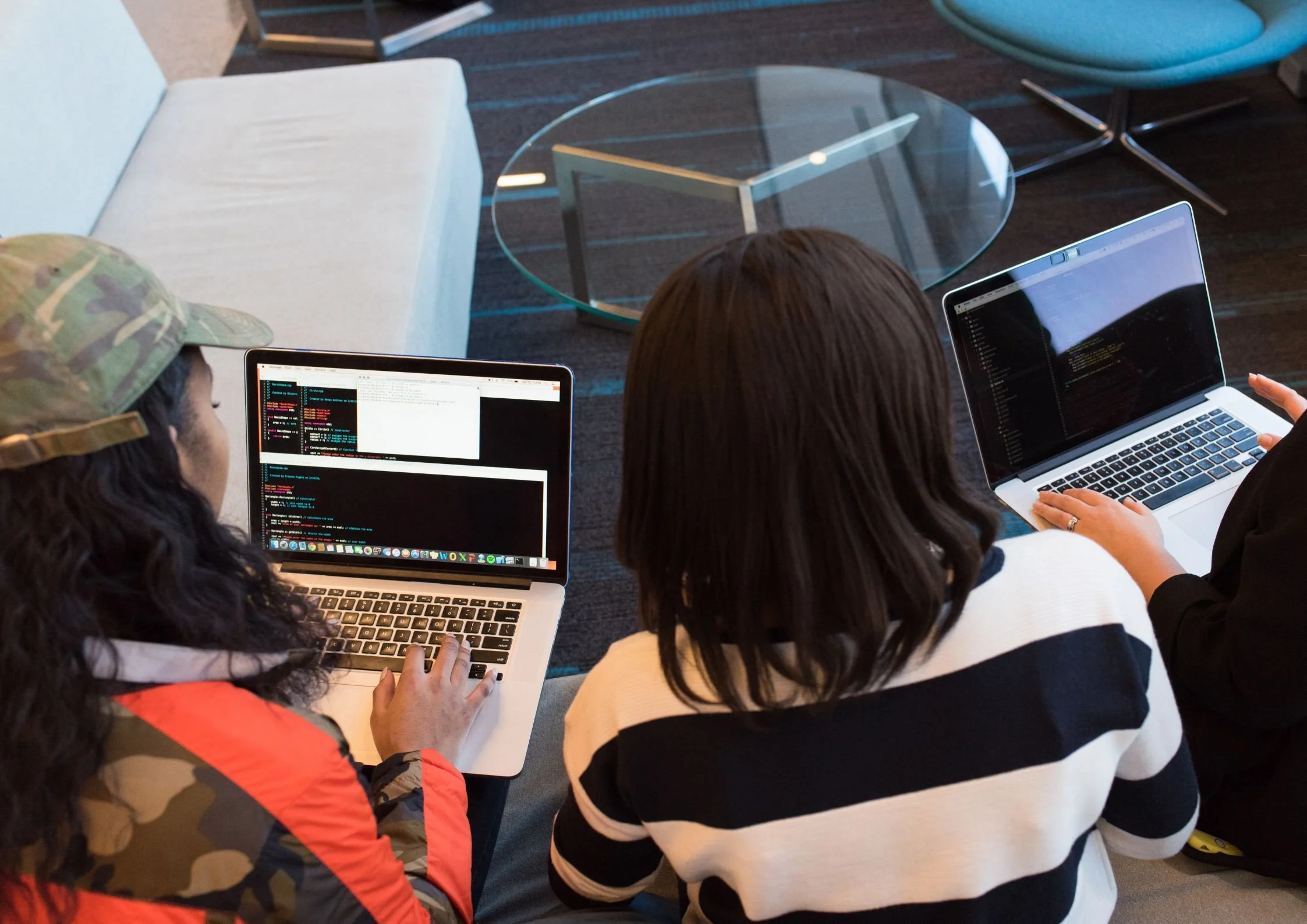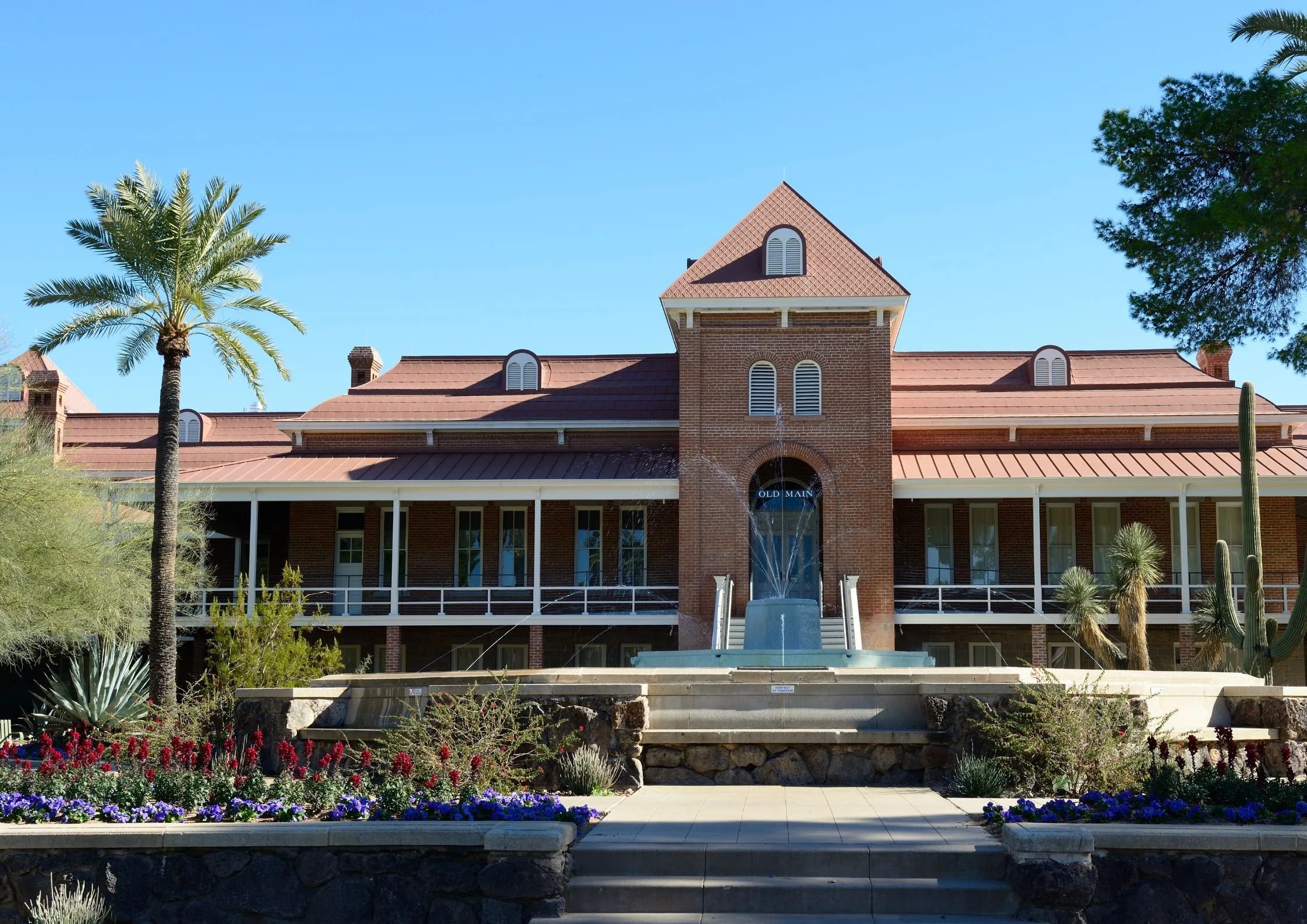Virtual labs are becoming essential in civil engineering studies
Photo credit: Clay Banks, Unsplash
Civil engineering education looks different than it did five years ago. Students now run structural tests, analyze soil behavior, and model complex systems from their laptops.. Virtual labs have moved on from being a nice-to-have feature to core components of engineering curricula. These labs offer students the tools to actually understand what they are learning.
Shift Toward Digital Education
Universities are rethinking how they teach engineering fundamentals. Universities offering a Bachelor of Science in Civil Engineering, recognize that modern graduates need fluency in digital tools alongside traditional engineering principles. Today's graduates need to be comfortable with digital tools before their first day on the job.
The pandemic pushed this change faster than anyone expected. Schools that had been slowly planning digital upgrades had to implement them in weeks rather than months. What started as emergency remote learning turned into something more interesting. Professors noticed students grasping concepts faster when they could replay experiments and adjust variables on their own time.
What Makes Virtual Labs So Effective
A good virtual lab doesn’t just show you what happens; it lets you figure out why. Students can load a virtual beam until it fails, then adjust the material properties and try again. They see how steel behaves differently than concrete, how cross-sectional shape affects strength, and how support conditions change stress distribution. Simulation-based learning offers three advantages:
Students can learn from failure safely: Watching a structure collapse in simulation teaches the same lessons as a physical failure, minus the danger and expense..
Repetition builds intuition: Running the same test ten times with slight variations reveals patterns that a single lab session never could.
Data comes instantly: Real-time data visualization helps students connect actions to outcomes faster than traditional lab reports
Specialized engineering simulation software have become classroom staples. These tools provide professional-grade capabilities tailored for educational contexts.
Expanding Access and Collaboration
Location used to determine opportunity in engineering education. If your school couldn’t afford certain equipment, you did not get that experience. Virtual labs level this considerably. A student at a small regional university can access the same simulation capabilities as someone at MIT.
Real-time collaboration happens across continents. A student in Mumbai can work on a structural analysis project with classmates in South Africa and Germany, sharing data through cloud platforms and discussing results via video conferencing. This global interaction mirrors modern engineering practice, where teams span time zones and borders. Cloud-based systems enable resource sharing that physical labs can’t match:
Everyone works from the same data: No more version conflicts or lost files; the most current work is always available..
Scaling up is straightforward: Adding students doesn’t mean building more lab space or buying more equipment.
Everything is documented automatically: Professors can review exactly what students did, not just their final reports.
Preparing Students for a Tech-Driven Industry
Digital literacy isn’t optional in civil engineering anymore. Firms expect new hires to understand BIM software, parametric design tools, and data analysis platforms from day one. Virtual labs build this competency during education rather than leaving it for on-the-job training.
The tools students use in virtual labs are often identical to what professionals use daily. They’re learning industry-standard software, working with typical file formats, and following professional documentation practices. This isn’t academic busywork; it’s practical preparation.
The future brings even deeper integration. AI-powered design optimization, digital twin technology for infrastructure monitoring, and smart city simulations are entering educational environments. Students who master these tools in virtual labs will lead the next generation of civil engineering innovation.
The Future of Education
Engineering education must keep pace with industry evolution. Virtual labs represent not just a teaching method but a commitment to preparing students for careers in an increasingly digital profession. Programs that embrace these tools invest in their students’ future competitiveness and the field’s continued progress.




















